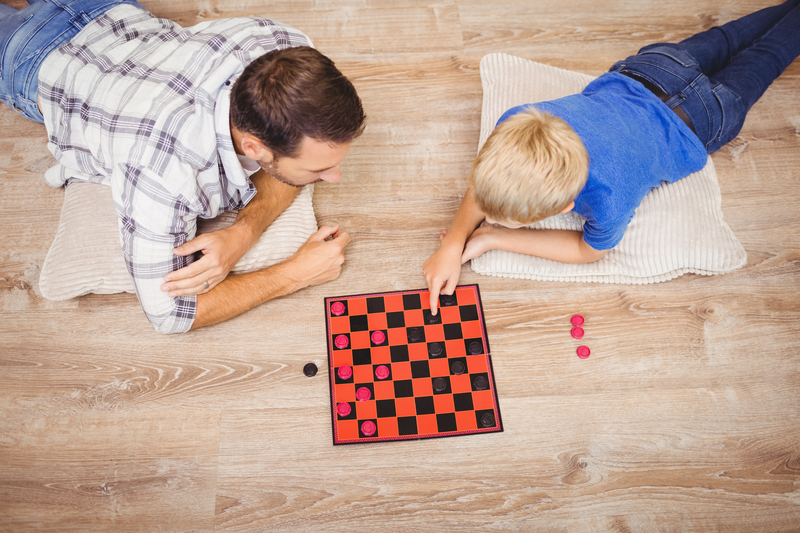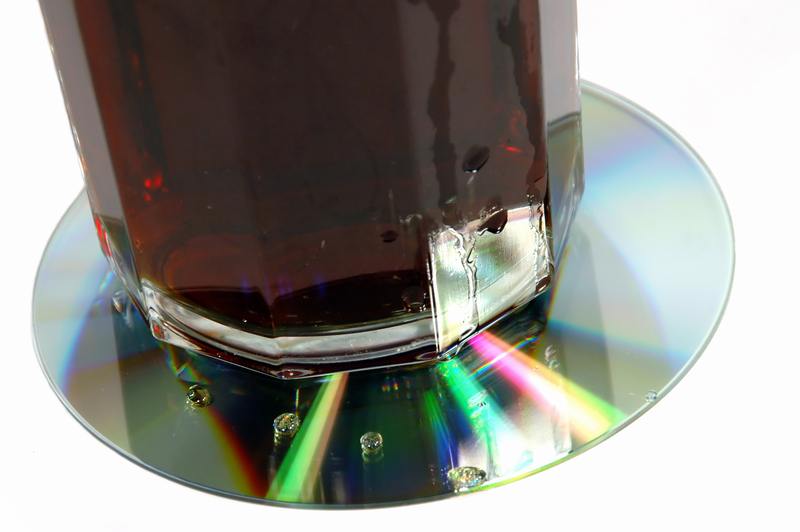Eco-Friendly Approaches to Plant Pot Disposal
Caring for plants doesn't stop at watering and providing sunlight--responsible plant ownership extends to how you dispose of old or unnecessary plant pots. As gardening grows in popularity, so does the accumulation of plastic, ceramic, and other types of pots. Eco-friendly plant pot disposal is vital for reducing waste and ensuring a greener planet. This comprehensive guide covers sustainable methods and innovative tips for disposing of plant containers in ways that benefit both you and the environment.

Why Eco-Friendly Plant Pot Disposal Matters
In the quest for a more sustainable lifestyle, the fate of thousands of used plant pots deserves attention. Many pots, especially those made from plastic, end up in landfills, contributing to pollution. Their non-biodegradable nature means that once discarded, they can persist in the environment for centuries.
- Plastic waste contaminates ecosystems and affects wildlife.
- Ceramic and terracotta pots can be difficult to break down and recycle.
- Improper disposal can even contribute to microplastic pollution.
Making the right choices in disposing of gardening containers reduces your ecological footprint and supports the journey towards sustainable gardening practices. Let's explore the best eco-friendly approaches to plant pot disposal.
Types of Plant Pots and Their Environmental Impact
Understanding what materials your plant pots are made from helps determine the best green disposal method. Here's a breakdown:
Plastic Plant Pots
- Commonplace due to affordability and durability
- Often made from non-recyclable plastics (such as black plastic, which sorting machines can't identify for recycling)
- Can break down into harmful microplastics
Ceramic and Terracotta Pots
- Made from natural materials but usually glazed (making recycling challenging)
- Break easily, which can create sharp waste in landfills
- Biodegrade slowly
Biodegradable and Compostable Pots
- Made from materials like peat, coir, or paper
- Break down naturally and pose less risk to the environment
Being informed about plant pot materials empowers you to make responsible choices right from your next gardening project.
Top Eco-Friendly Methods for Plant Pot Disposal
1. Reuse: Give Plant Pots a Second Life
The oldest and greenest rule of sustainable living is to reuse whenever possible. Reusing plant pots not only conserves resources but also saves you money. Here are creative ideas:
- Start new seedlings: Smaller pots are perfect for propagation or seed starting.
- Gift plants: Pot up cuttings for friends and family using your old containers.
- Organization: Use sturdy pots for garage or garden shed storage. They're ideal for holding tools, ties, or even craft supplies.
- Art projects: Decorate and repaint old pots for unique garden decor.
- Pet uses: Large pots can make excellent dog or cat shelters with a bit of modification.
*Remember, a little creativity goes a long way in prolonging the lifespan of your used plant pots.
2. Recycle: Sending Pots to the Right Place
If you're unable to reuse your containers, recycling is the next best eco-friendly disposal method. Not all pots are recyclable, so follow these steps:
- Check local recycling guidelines: Some municipalities accept gardening plastics or ceramics at special collection points.
- Clean thoroughly: Remove all soil, stickers, and plant residue before recycling.
- Sort by material: Only certain plastics (like #2 HDPE or #5 PP) might be recyclable. Black plastic is often not accepted, but check with your local center.
- Ceramic and terracotta disposal: While not often curbside recyclable, some centers accept them for use in roadbeds or construction fill.
- Garden center drop-offs: Many garden centers have take-back programs for specific pots. Ask your local store if they participate in such recycling initiatives.
By ensuring your used pots enter the appropriate recycling stream, you're part of the solution to the plastic plant pot waste crisis.
3. Upcycle: Creative New Uses for Old Pots
Upcycling is an exciting and artistic take on eco-friendly plant pot disposal. Instead of tossing them out, transform your pots into something new and beautiful.
- Bird feeders: Convert large plastic or ceramic pots into outdoor bird feeders or baths.
- Vertical gardens: Attach old pots to a fence or wall for a stunning vertical plant display.
- Garden borders: Bury pots halfway to create attractive borders or edging in flower beds.
- Hanging planters: Add ropes or chains to smaller pots for unique hanging displays.
- Fairy gardens or terrariums: With a bit of imagination, old pots become enchanting miniature landscapes.
Get your family involved--kids especially enjoy upcycling projects! It's an ideal way to bond, inspire creativity, and instill eco-friendly values.
4. Compostable and Biodegradable Plant Pots: The Ultimate Green Solution
If you use biodegradable plant pots made from coir, peat, or wood fiber, disposal couldn't be simpler:
- Compost them: Simply add to your home compost pile, and they'll safely break down.
- Plant directly: Most biodegradable pots can be planted in the ground with seedlings still inside, where they decompose naturally.
Switching to compostable pots is a forward-thinking choice that practically eliminates waste and supports soil health.
Special Considerations: Tips for Sustainable Pot Disposal
Clean Before Disposal
No matter which eco-friendly plant pot disposal method you use, always clean pots first. This removes potential pathogens and ensures that pests or invasive species are not spread.
Community Sharing
Before sending your pots away, consider local options:
- Offer free pots on neighborhood social media groups or websites like Freecycle.
- Check for community gardens or urban farms in need of containers.
- Leave pots out with a 'Free to Good Home' sign--gardeners often pick them up!
Support Brands with Take-Back Initiatives
Some large garden supply chains and nurseries invite customers to return old pots for recycling. By supporting such brands, you encourage more businesses to provide sustainable solutions and close the loop on container waste.
Moving Away from Plastic: Future Trends in Plant Pot Sustainability
To truly embrace sustainable plant container disposal, it's worth considering alternatives to traditional plastics. New innovations are reshaping what we put our plants in:
- Bioplastics made from corn or sugarcane are entering the market--these break down faster and often leave no harmful residue.
- Recycled material pots repurpose ocean plastic or post-consumer waste.
- Fully compostable containers allow for 'pot and all' planting, making disposal a non-issue.
Every purchase is a vote for the future--when you choose environmentally-friendly planting containers, you're supporting greener gardening from the ground up.

Frequently Asked Questions about Eco-Friendly Plant Pot Disposal
Can I recycle all plastic plant pots in my curbside bin?
Usually not. Many curbside recycling programs don't accept plastic pots, especially black ones. Instead, seek out garden center take-back schemes or check with local recycling facilities for drop-off locations that accept garden plastics.
What should I do with broken ceramic pots?
Reuse the shards as drainage material in the bottom of other pots, or use them for mosaic art. Some recycling centers may accept them for construction fill, but avoid adding glazed ceramics to compost or garden beds.
Are biodegradable pots always safe to add to compost?
Yes, if they're made from pure organic materials and do not have plastic liners or synthetic additives.
What is the best option for eco-friendly plant pot disposal if I lack recycling centers near me?
Focus on reusing and upcycling within your own garden or community, or try switching to recyclable or compostable pots going forward.
Is it worth buying biodegradable or recycled pots?
Absolutely. These pots reduce waste, lower your carbon footprint, and support a more sustainable gardening culture.
Conclusion: Making Plant Pot Disposal Part of Your Sustainable Gardening Routine
Ensuring eco-friendly plant pot disposal is easier than you might think, with numerous options from reusing to recycling to upcycling. Each responsible action you take contributes to the health of our planet, reducing waste and encouraging others to follow suit.
Start small, think big. Begin with your own collection of used pots, share resources in your community, and advocate for greener gardening choices. Together, we can transform gardening into a truly eco-conscious activity, right down to the last container.
- Reuse whenever possible, both creatively and practically.
- Recycle responsibly by following local guidelines.
- Upcycle for beauty and function in your home and garden.
- Switch to compostable or biodegradable pots as your budget allows.
Embrace these eco-conscious plant pot disposal methods and inspire your gardening friends to do the same. The earth--and your garden--will thank you.